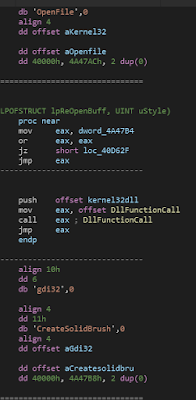

You simply click on one to open it, then click on each object inside, choosing a suitable place to put it. At each stage, we’re given an isometric view of each room in her home and the piles of boxes waiting there.
UNPACKING LEVEL 3 FULL
We begin with her first solo bedroom as a child, cramming cardboard boxes full of toys and books, and we follow her from there, through her college years and into adulthood. Between 19 our unnamed narrator makes a number of house moves, and the player has to help her unpack in each new location. All of these emotions are beautifully and wordlessly explored in Unpacking. Sometimes you find things you thought were long lost, sometimes painful memories are exhumed in the process. Often there are difficult choices about what to leave behind. Nothing forces you to assess the events of your life, and the effects they’ve had on you, more than packing everything you own into boxes and then trying to find new places for them on the other side. The responsibility for planning and implementation lies exclusively in the hands of the community structure members, women occupy key positions at the board and decisions are taken together by both women and men.M oving home is such an intense and often melancholic experience.

Level 9: Community-owned initiatives with gender equity CC group members receive active support from decision-makers/leadership for their actions. There exists a partnership between all stakeholders (including the CC group members). This role is limited to specific aspects of planning or implantation.Īll major aspects of planning and implementation are decided by the CC group members themselves. Women have a formal role in decision-making processes, meaning they can also block decisions being made. Level 7: Partial delegation of decision-making-authority Women have a formal right to be heard in decision-making processes. Decisions are made in terms of negotiating solutions between male decision-makers/leadership and female members. The male decision-makers/leadership routinely consult with women. The male decision-makers/leadership seek active consultation on the part of the women (for example by entering a dialogue with certain women from the group). Women are passively consulted (for example, by way of questionnaires). The male decision-makers/leadership take an active interest in women’s perspectives. The perspective of women is taken into account in order to maximize the acceptance of the messages developed by the male decision-makers/leadership. The male decision makers explain their actions. Various behaviours and actions are recommended by the male decision makers/leadership. Male decision-makers tell the women what problems they have and what help they need. The communication is one-way and directive. The opinions of women are not taken into account. The problem is defined from the perspective of the male decision-makers/leadership. The situation of women is given attention. The interests of the male decision-makers/leadership are primary. Community-owned initiatives with gender equityĮach level of participation has to be unpacked to be able to measure it: Partial delegation of decision-making-authorityĩ. Participation means that women achieve the highest level of participation:ħ.

(Source: But, how can we measure participation?… Continue unpacking… The condition of sharing in common with others (as fellows or partners etc.) (Source: Political participation includes a broad range of activities through which people develop and express their opinions on the world and how it is governed, and try to take part in and shape the decisions that affect their lives.The act of sharing in the activities of a group.Participation is the act of participating, or being related to a larger whole. Step 2: Define the key concepts of the indicator Step 1: Identify the key concepts of the indicator 200 economically empowered women participate in community structures of Shashamane by the end of the project


 0 kommentar(er)
0 kommentar(er)
